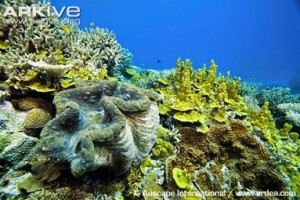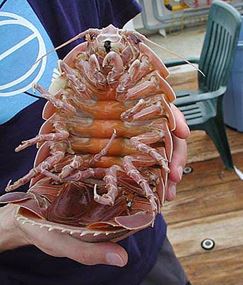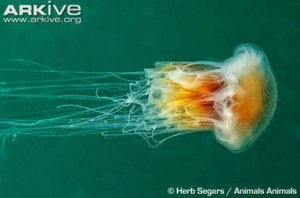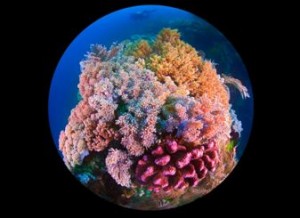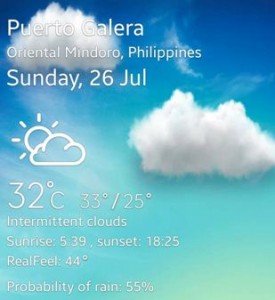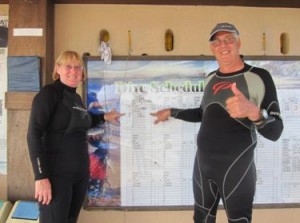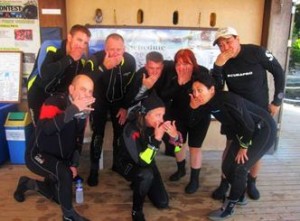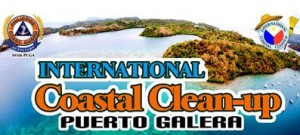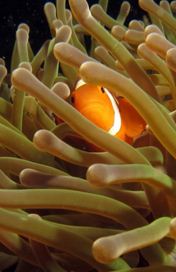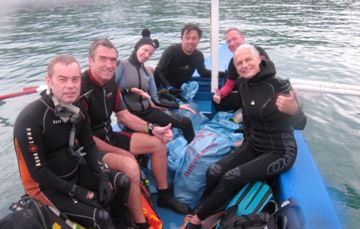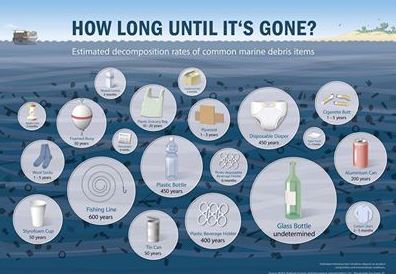This blog is about interesting sea life that has been sent to us by SeaLifeBase. The one is about “Ocean Giants: Giant Clam”. As many of you know, we have many of these here in one of our dive sites in Puerto Galera. Please see: http://sealifebaseproject.blogspot.com/2015/03/ocean-giants-giant-clam.html
You can become a SeaLifeBase collaborator. WHAT is a “SeaLifeBase collaborator,” and WHO can be one? In a nutshell, SeaLifeBase collaborators are the people who help us by: a) sending or alerting us to references and photos, which we have not yet used; b) assembling data from published sources using a preformatted template; and/or c) verifying or correcting data that we have extracted and incorporated into the information system. Some of them are — but not limited to — biologists, taxonomists, scientists, and other experts. Some are aquarists, photographers, businessmen, and marine-life enthusiasts. Truly, we welcome contributions from anybody who has a passion for marine life. http://sealifebaseproject.blogspot.com/p/collaboration.html
